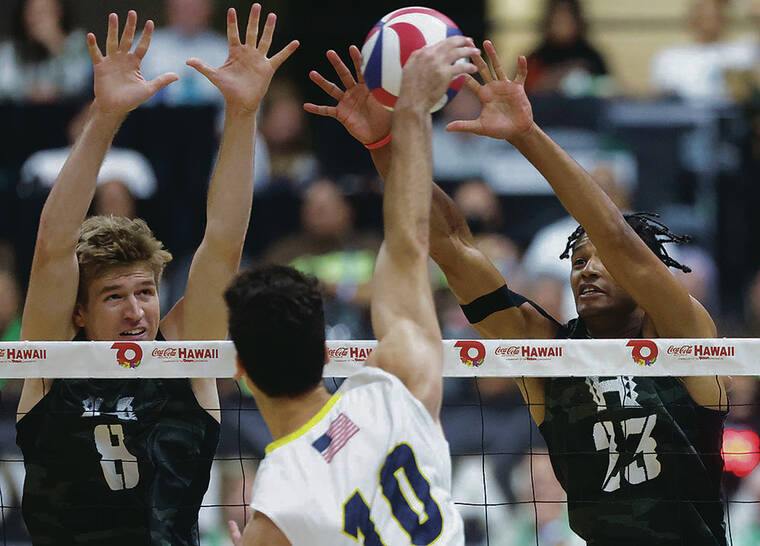Oahu condo owners struggle to comply with fire safety ordinance
The vast majority of Oahu condominiums are failing a safety evaluation required when no automatic sprinkler system is in place, prompting condo owners and associations to urge the Honolulu City Council to amend a mandate they say could cause bankruptcy.
Ordinance 18-14 was approved by former Mayor Kirk Caldwell in May 2018. It was drafted after the deadly Marco Polo condo fire in July 2017, when four people were killed.
The law requires condominiums without automatic sprinkler systems to pass a Life Safety Evaluation of 17 items that include mobility within buildings and elevator emergency power.
The ordinance applies to the 377 apartment buildings on Oahu without automatic sprinkler systems, and over 50,000 residents. Most of the affected buildings are in urban Honolulu.
The Honolulu Fire Department, the enforcing agency, submitted a six-month report to the City Council in April showing that of the 102 Life Safety Evaluations received, only six passed.
Buildings on Oahu have until spring 2024 to pass the evaluation.
Don't miss out on what's happening!
Stay in touch with breaking news, as it happens, conveniently in your email inbox. It's FREE!
However, Allen Wilson, executive vice president at the Hawaiiana Management Co., which is part of the Community Associations Institute, asked Council members to push back the deadline to “a more reasonable timeline.”
“The associations that we deal with are still recovering from the COVID-19 pandemic restrictions, which include less income than they anticipated having, an inability to meet as regularly or as effectively as they had in the past, a difficulty to obtain vendors and contractors,” he said.
Five speakers at Tuesday’s Public Infrastructure and Technology Committee meeting said the deadline for passing the safety evaluation was too rigid.
Sue Savio with Insurance Associates pointed out the high cost of both passing the Life Safety Evaluations or installing automatic sprinklers. She said she spoke to officials at one condominium who said it would cost about $1.3 million to pass the Life Safety Evaluation and that it would cost $3.5 million to install automatic fire sprinklers.
“For the sprinkler system, this condo is going to be $20,000 per owner on the average. The life safety test was going to be $7,000 per owner,” she said.
“What do you choose?”
Jane Sugimura, president of the Hawaii Council of Community Associations, said a provision dealing with so-called vertical openings — such as stairs, elevators, ductwork and electrical wiring shafts — will automatically fail evaluation at most of Oahu’s buildings. Sugimura was part of the task force that developed the Life Safety Evaluation.
The spread of fire through vertical openings is a major threat that requires special fire-rated walls with self-closing, fire-rated doors and other fire prevention measures to minimize.
“I had an engineer tell me during the task force, ‘Jane, if you allow vertical openings to be one of the 17 items on the matrix, every old building in Honolulu is going to fail,” Sugimura said.
“I think we need to go back and kind of look at how the evaluations should be done.”
In the Fire Department’s six-month report, low scores on the vertical opening issue were one of the main reasons buildings did not pass.
Ted Sakai, chairman of the safety committee for a Punchbowl condominium, said his residents ultimately decided to install the automatic fire sprinklers despite the large price tag. The cost estimate to install the sprinkler system is $5.5 million for the building and will likely cost residents about $65,000 per unit. However, that likely means they will defer other needed repairs to items such as their sewage system.
“Because so much of our energy has gone into sprinklers, we are trying to see how far into the future we can defer things such as the sewer upgrades,” he said.
Council member Carol Fukunaga, who chairs the committee, was interested in working with buildings to improve the process.
“I think when the City Council and city administration first started this whole discussion about fire safety for residential condos, nobody really realized just what an enormous undertaking it was going to be,” she said.
“This was sort of a good starting point for evaluating what are some of the ways we can address the challenges that our panelists brought up today.”





